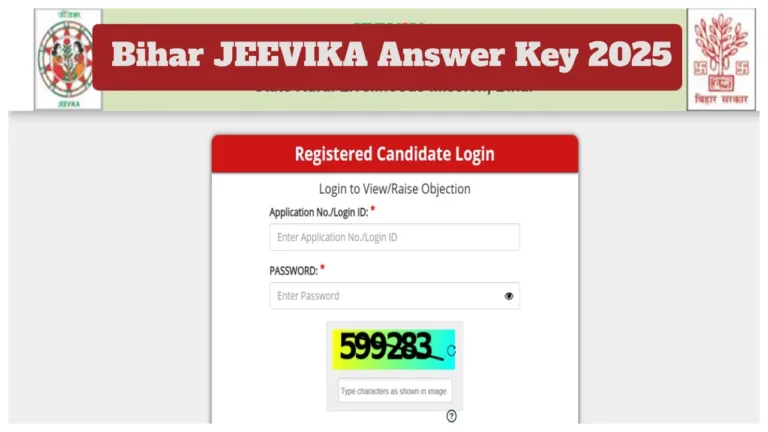FD remains the favourite investment option for Indians. It is a traditional investment with very low risk. From small and large banks to NBFCs, all offer FD facilities to their customers. Additionally, corporate FDs are also gaining popularity. However, the interest rate on FDs is low. Therefore, when investing for the long term, it is important to ensure that the return you receive exceeds the inflation rate, or else the investment will not be beneficial. Through this article, we will share all the details on why opening an FD in your wife’s name can benefit you.
TDS Levied on FD Interest
Customers are required to pay TDS on the interest earned from fixed deposits (FDs). In such cases, the income from the FD will be added to your total income, increasing your tax liability. However, if the FD is in your wife’s name, you can save on this tax.
How FD in Your Wife’s Name Can Help You Save on TDS
Most women either fall into a lower tax bracket or are housewives who have no tax liability. Therefore, if the FD is in your wife’s name, she can help you avoid paying TDS. Additionally, this can also reduce the overall tax burden.
When Is TDS Deducted?
TDS is deducted if the interest earned from the FD exceeds ₹40,000 in a financial year. In such cases, a 10% TDS is applicable. If your wife’s income is below the taxable limit, she can fill out Form 15G to avoid a TDS deduction. Also, if you open a joint FD and make your wife the first holder, you can bypass TDS as well as potentially lower your overall tax payments (FD Update).
What is a Joint Fixed Deposit?
A joint fixed deposit is an FD account opened and operated by two or more individuals together. Individuals with similar financial goals can open a joint FD to combine their finances. Parents can open a joint FD for their children’s education, and business partners may open one to invest business revenue. Each holder in a joint FD has equal rights to operate the account, but this depends on the mode of operation chosen when the account is opened.










